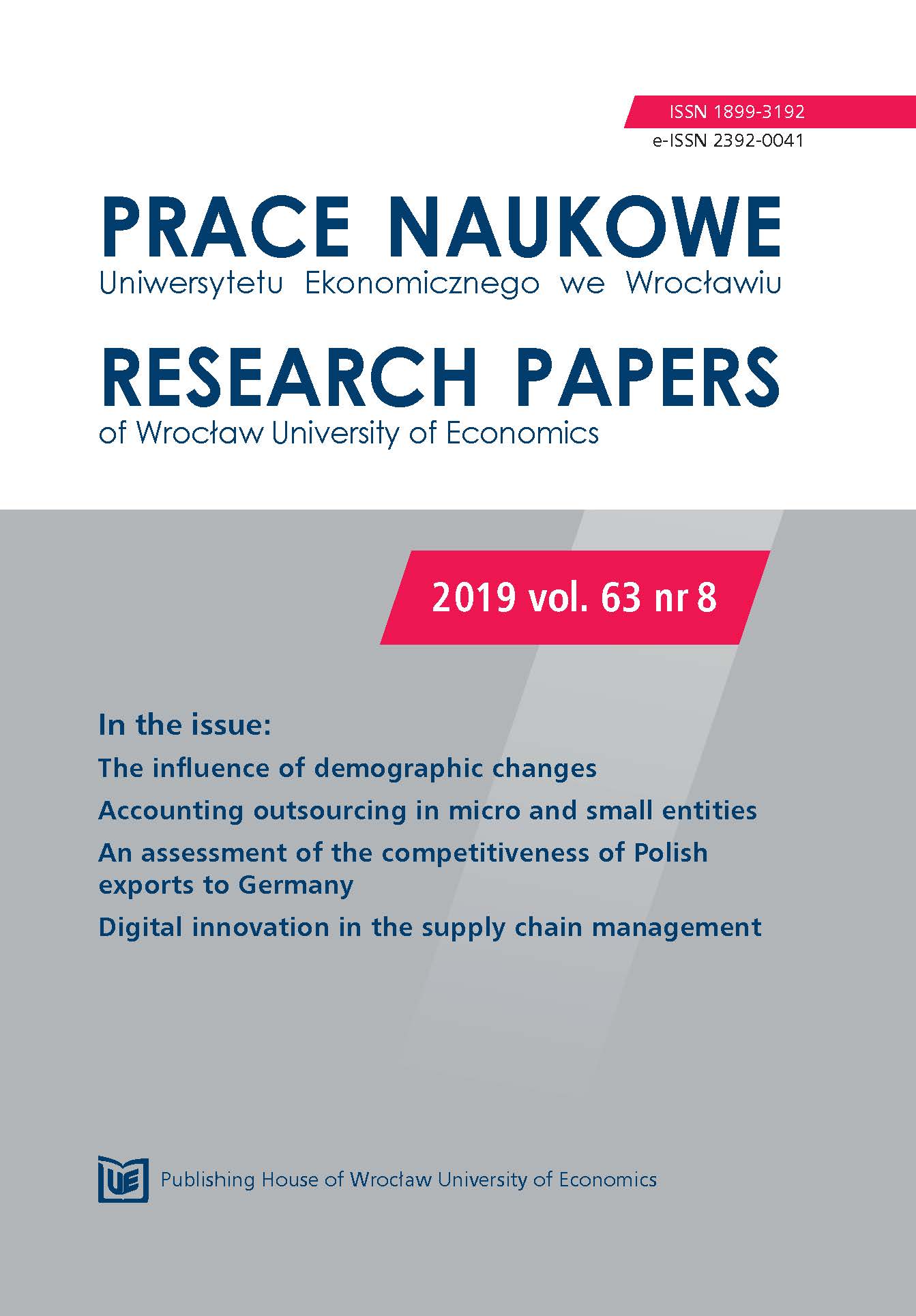Zróżnicowania dochodów z podatków dochodowych w róż- nych typach funkcjonalnych gmin wiejskich
Revenue gaps in income taxes in particular types of rural communes
Author(s): Joanna KudełkoSubject(s): Agriculture, Socio-Economic Research
Published by: Wydawnictwo Uniwersytetu Ekonomicznego we Wrocławiu
Keywords: rural commune (‘gmina’) (local administrative unit); functional types of ‘gmina’; the voivodeship of Małopolska.
Summary/Abstract: The development of rural communes (in Polish: gmina) is strongly correlated with their economic functions. Communes with specific functional structures develop in different ways, which translates to the wealth of their inhabitants. The paper aims to assess relationships between the wealth of the population of rural communes and the functions they perform. The study is based on a ratio which describes revenue from taxes paid by natural and legal persons – a share of taxes constituting central budget receipts per one inhabitant, indicating the wealth of communes’ populations. The author employs various statistical methods and indicators: one-way analysis of variance (ANOVA), a changeability coefficient, and Pearson’s linear correlation coefficient. The highest PIT and CIT taxes are collected by urbanised communes. Much lower income levels are obtained by the inhabitants of multiple income source communes with fragmented agriculture. The least wealthy ones are dominated by a farming function. These trends have a persistent character.
Journal: Prace Naukowe Uniwersytetu Ekonomicznego we Wrocławiu
- Issue Year: 63/2019
- Issue No: 8
- Page Range: 50-63
- Page Count: 14
- Language: English

